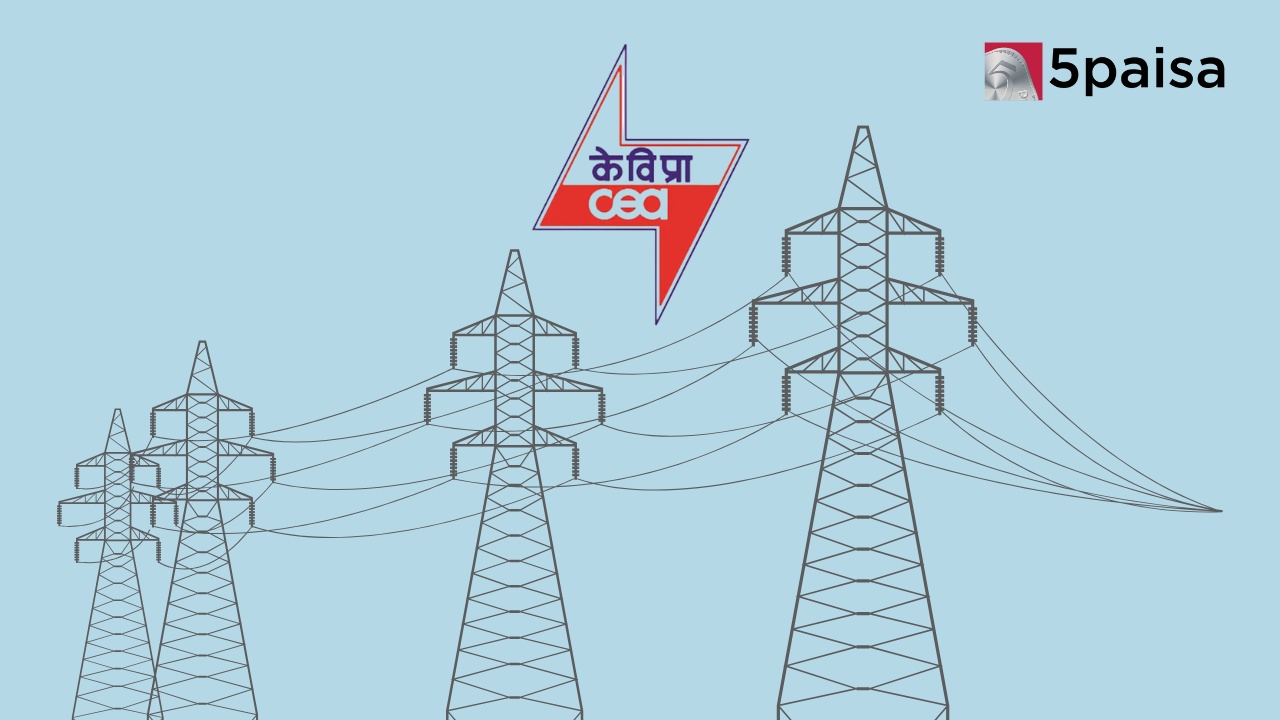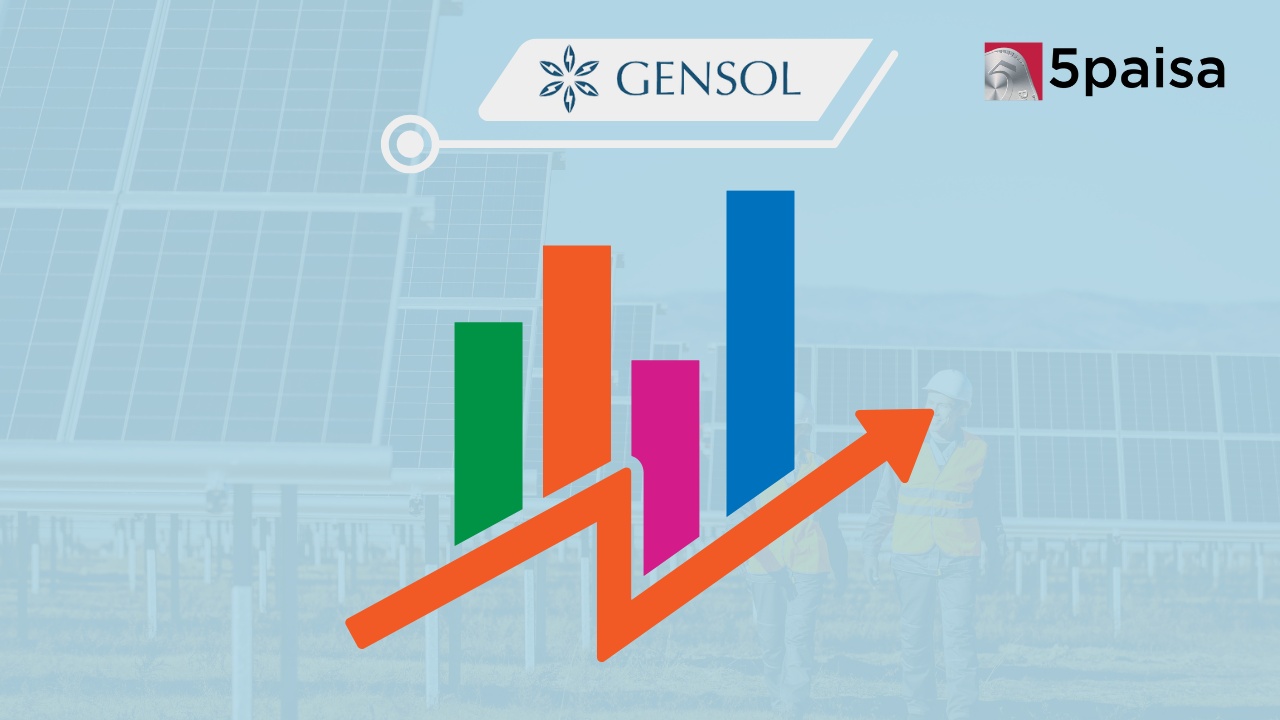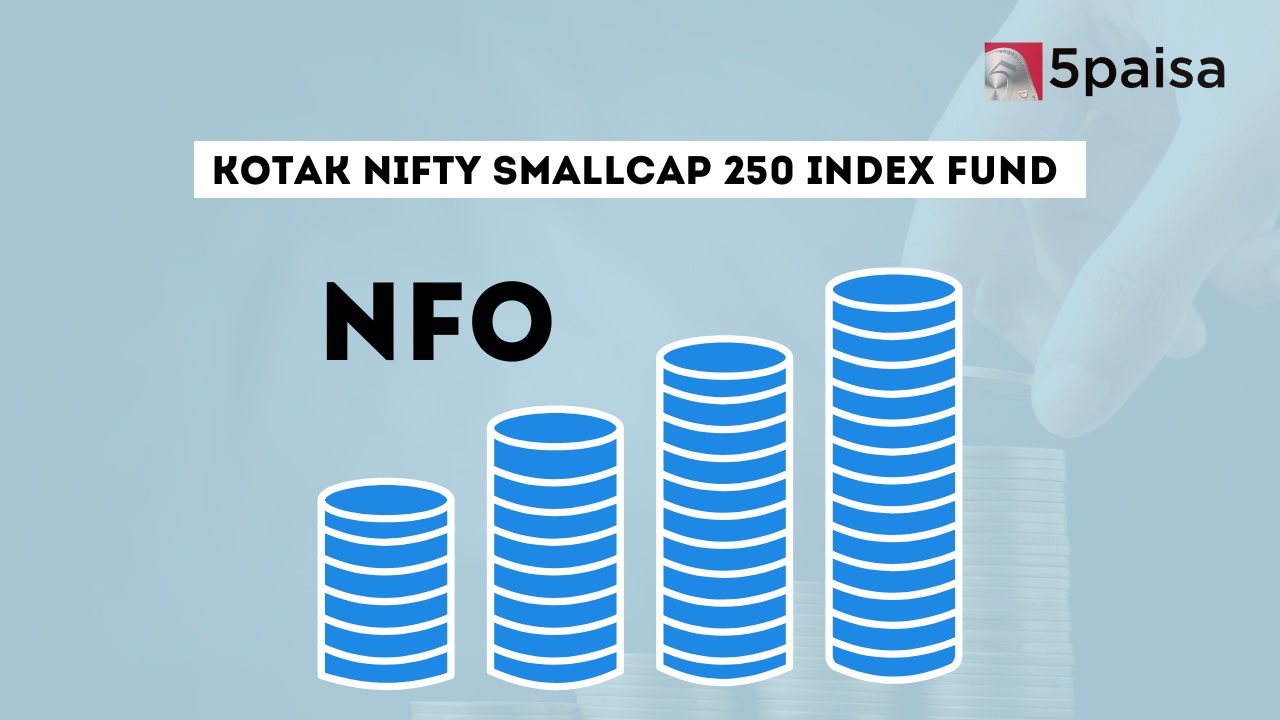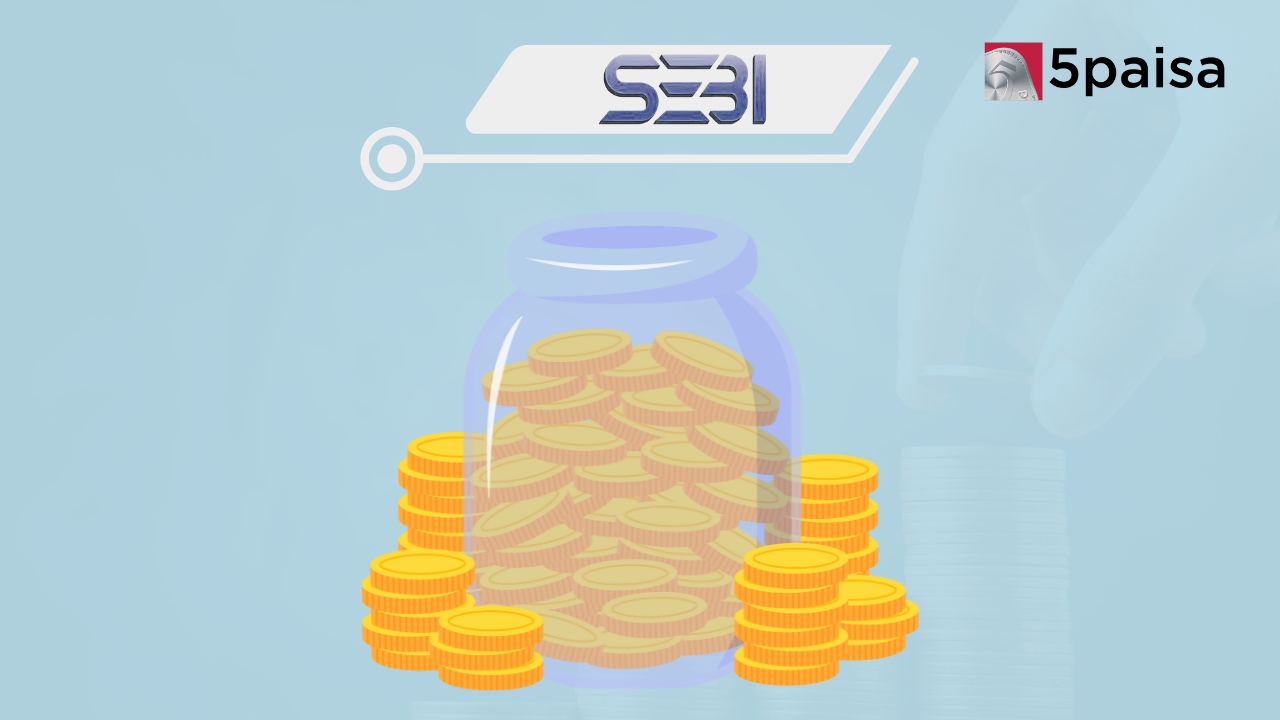Adjusting Vedanta Ltd (VEDL) F&O contracts for special dividends

Last Updated: 8th December 2022 - 11:02 pm
In its meeting held on 22nd November 2022, the board of directors of Vedanta Ltd (VEDL) has approved an Interim Dividend pay-out of Rs17.50/- per equity share of face value of Rs1/- each. For the purpose of interim dividend eligibility, the record date has been fixed as November 30th, 2022. That means an investor seeking to get the interim dividend will have to possess the shares in his / her demat account by the close of 30th November 2022. Obviously, if the shares have to be in the demat account by 30th November, the shares have to be purchased latest by T-2 date to be eligible for delivery.
Now, since 30th November is a Wednesday, the T-2 trade date will be Monday 28th November 2022, which is two trading days prior to the record date. That means, the investor intending to get this interim dividend of Rs17.50 per share has to purchase the shares latest by 28th November so that the shares are in the demat account by 30th November. That means, 28th November will be the last cum-dividend date and on the next trading day i.e. 29th November, Tuesday, the stock of Vedanta Ltd (VEDL) will go ex-dividend. Normally, the price adjustment for any corporate action happens on the ex-date depending on the type and the size of the corporate action.
Corporate action adjustment in F&O contracts?
This is a slightly nuanced question and we need to look at all the facets of this story. But before we get into the dividend part of it, remember that all corporate actions like bonus issues, rights and stock splits require the F&O adjustment to take place. The F&O adjustment takes place in terms of the strike price of the options contract, the market lot or the market multiplier and the size of the position held by the investor. While the adjustment for bonuses and splits are fairly straightforward, the F&O adjustment for dividend payments is slightly more complex. It boils down to whether the dividend so declared is an ordinary dividend or it is an extraordinary dividend. Here is how it is done.
How are dividends adjusted in the case of F&O contracts?
That brings us to the basic question when and how are dividend adjustments made to the F&O contracts. It depends on whether the dividend so declared is an ordinary dividend or an extraordinary dividend. Here is how it is decided. If the dividend declared is below 2% of the market value of the underlying stock, it would be deemed to be ordinary dividends. In such cases, no adjustment in the Strike Price would be made for ordinary dividends. However, in case the dividend is above 2% of the market value, then the adjustment is made to the strike price of the F&O contract.
There is a slight background to this. Initially, when the extraordinary dividend rule was set by SEBI, it was decided to keep 10% of the market value worth of dividends as the cut-off for extraordinary. However, this created a problem since today most of the large companies pay interim dividends. Hence it may be tough to get a cumulative picture. Hence, the threshold was first reduced from 10% to 5% and then to 2%, which is where it stands now. In the case of Vedanta Ltd (VEDL), the relevant price was Rs310.10 and the dividend of Rs17.50 per share works out to 5.64%. Since it exceeds 2%, it is extraordinary dividend.
The other question is what is the cut-off date considered to decide whether the dividend is ordinary or extraordinary? Here, the market price would mean the closing price of the stock on the day previous to the date on which the announcement of the dividend was made by the Company post the meeting of the Board of Directors. However, in case where the announcement of dividend is made after market hours, same day's closing price is taken as the market price. In the case of ordinary dividends i.e. less than 2% of the price, no adjustment is made by the exchange and the dividend gets adjusted in the market price.
Adjustment process for dividends in F&O
In case the dividend is classified as extraordinary dividend based on the criteria above, the total dividend amount would be reduced from all the strike prices of the option contracts on that stock. Similarly, in case of futures contracts, the applicable purchase price would be adjusted by the amount of dividends in rupee terms. Therefore, the revised strike prices would be applicable from the ex-dividend date, which is normally the trading date just prior to the record date. Here are key points.
-
In the case of futures contracts on Vedanta Ltd (VEDL), the base price of the Futures contracts on November 28th, 2022 will be the reference rate less the aggregate amount of Rs17.50 per share. The reference rate will be the daily MTM settlement price. If you are long on Vedanta Futures at Rs305, then on the ex-date, you will be long on the Vedanta Futures contract at an effective price of Rs287.50.
-
In the case of options contract, the dividend i.e. Rs17.50/- per share will be deducted from all the cum-dividend strike prices on the ex-dividend date. Therefore, the cum-dividend call strike of 300 becomes an ex-dividend strike price of Rs282.50.
-
All such adjustment for corporate actions would be carried out on the last day on which a security is traded on cum-basis in the underlying equities market, after the close of trading hours.
- Flat ₹20 Brokerage
- Next-gen Trading
- Advance Charting
- Actionable Ideas
Trending on 5paisa
01
 5paisa Research Team
5paisa Research Team
06
 5paisa Research Team
5paisa Research Team
Indian Market Related Articles
Disclaimer: Investment in securities market are subject to market risks, read all the related documents carefully before investing. For detailed disclaimer please Click here.




